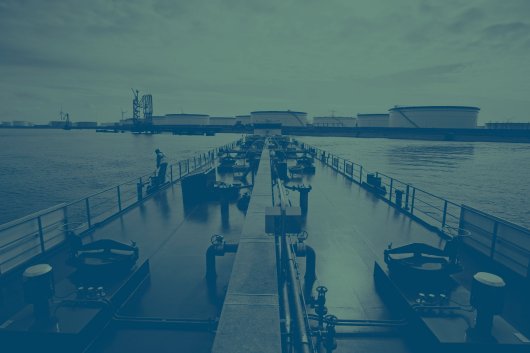Oil sector orders more fuel management systems
Royston says there has been an upsurge in interest from international oil companies for its Enginei fuel monitoring system.
Growing insistence by international oil companies (IOCs) that offshore support vessels (OSVs) are fitted with fuel monitoring systems has prompted an upsurge in interest in marine engine monitoring systems, according to diesel power engineering specialist and marine fuel management and monitoring system provider Royston.
UK-based Royston reports that it is equipping a growing number of offshore vessels with its Enginei fuel management system as the oil majors increasingly require the availability of accurate onboard fuel monitoring data as part of the support contracts awarded to shipping companies.
Enginei is now installed on nine vessels working for Chevron, two for BP, one for Addax Petroleum, four for Total, two for Conoco Phillips and one for Exxon.
In Nigeria alone, over the last two years, Royston has fitted over 30 vessels with the Enginei system for the monitoring of bunkering and fuel consumption data.
However, the trend is not confined to West Africa, with Enginei-equipped vessels also operating in Asia, Egypt, Mexico and Brazil. In the North Sea, Royston also recently installed a fuel monitoring system in a vessel operated by Gulfmark for a Shell contract.
"Despite the low oil price, it appears that access to accurate and reliable fuel consumption data is taking on even greater importance for a wide range of fleet management issues," Royston says.
Damian McCann, product manager for enginei fuel management systems at Royston, explains: "Over the last two years a number of factors have come together as part of a definite trend that has seen the IOCs requiring fuel monitoring data provision in offshore support contracts.
"These factors include better visibility of operational costs and contract cost reductions, encouraging improved vessel handling and working efficiencies, and closer attention to emissions control, as well as fuel security issues.
"Although the trend started with high fuel prices around two years ago, there is no doubt that it is here to stay and even in the current low oil price scenario we are still undertaking new installations.
"In the North Sea, for example, both Gulfmark and Shell have said they are extremely happy with the range of data they are seeing from the on-board and remote monitoring. We are also aware of clients who are intending to highlight the inclusion of enginei in future contract tenders, such are the fuel management advantages it provides."
The Enginei system records the fuel consumption data which is presented on board via touchscreen monitors installed on the bridge and in engine control rooms.
In addition, the technology remotely sends the information from ship to shore where it can be accessed through a simple web dashboard with computer generated graphs and Google mapping to show an operational profile of a vessel. Shore staff can then access live and historical data in order to analyse the performance of their vessels.
Also, specific fuel burn data can be provided for different vessel operational modes, as well as consumption measurements per passage and by different captains. This increased scope means the onboard monitoring system can be configured to meet precise operator requirements.
The system permits daily 'noon day' logs from the vessel to be imported into the enginei server so that the charterer or vessel owner can see all the vessels fuel data/activity from one online enginei dashboard and without the need to install flow meters/hardware.
With the growth in interest, Enginei is now installed on OSV's of all types, including anchor handlers, jack ups, platform supply vessels (PSVs) and crew boats. The typical system requirements are the measurement of individual engines and fuel bunker activity.
Damian McCann continued: "The monitoring need is essentially being driven by the IOCs trying to reduce the burn of fuel that they pay for.
"However, it is interesting to hear that PEMEX has apparently changed this strategy and will no longer pay for the fuel in all future oilfield service contracts. If so, this means that the vessel operator will then have to manage fuel a lot more closely than is currently the case.
"From a fuel monitoring perspective, this would be a big sea change in the OSV market and whether other majors follow is yet to be seen, but whatever the situation, any future recovery in the oil price would lead to even greater importance being put on effective fuel management."
Currently, the requirement for fuel monitoring systems to be installed is only being applied to longer term contracts of over one year. In most cases, vessel operators are paying for the systems to be installed and the monitoring instrumentation will stay in place after contracts have ended. However, at the end of contracts, there are already examples of operators removing them for refitting onto other vessels, depending on contract arrangements.
The Enginei integrated fuel management system is said to be compatible with all marine engine types and able to be interfaced with newbuild engine installations or retrofitted to operating vessels.
Image: The Enginei data taker unit
UK-based Royston reports that it is equipping a growing number of offshore vessels with its Enginei fuel management system as the oil majors increasingly require the availability of accurate onboard fuel monitoring data as part of the support contracts awarded to shipping companies.
Enginei is now installed on nine vessels working for Chevron, two for BP, one for Addax Petroleum, four for Total, two for Conoco Phillips and one for Exxon.
In Nigeria alone, over the last two years, Royston has fitted over 30 vessels with the Enginei system for the monitoring of bunkering and fuel consumption data.
However, the trend is not confined to West Africa, with Enginei-equipped vessels also operating in Asia, Egypt, Mexico and Brazil. In the North Sea, Royston also recently installed a fuel monitoring system in a vessel operated by Gulfmark for a Shell contract.
"Despite the low oil price, it appears that access to accurate and reliable fuel consumption data is taking on even greater importance for a wide range of fleet management issues," Royston says.
Damian McCann, product manager for enginei fuel management systems at Royston, explains: "Over the last two years a number of factors have come together as part of a definite trend that has seen the IOCs requiring fuel monitoring data provision in offshore support contracts.
"These factors include better visibility of operational costs and contract cost reductions, encouraging improved vessel handling and working efficiencies, and closer attention to emissions control, as well as fuel security issues.
"Although the trend started with high fuel prices around two years ago, there is no doubt that it is here to stay and even in the current low oil price scenario we are still undertaking new installations.
"In the North Sea, for example, both Gulfmark and Shell have said they are extremely happy with the range of data they are seeing from the on-board and remote monitoring. We are also aware of clients who are intending to highlight the inclusion of enginei in future contract tenders, such are the fuel management advantages it provides."
The Enginei system records the fuel consumption data which is presented on board via touchscreen monitors installed on the bridge and in engine control rooms.
In addition, the technology remotely sends the information from ship to shore where it can be accessed through a simple web dashboard with computer generated graphs and Google mapping to show an operational profile of a vessel. Shore staff can then access live and historical data in order to analyse the performance of their vessels.
Also, specific fuel burn data can be provided for different vessel operational modes, as well as consumption measurements per passage and by different captains. This increased scope means the onboard monitoring system can be configured to meet precise operator requirements.
The system permits daily 'noon day' logs from the vessel to be imported into the enginei server so that the charterer or vessel owner can see all the vessels fuel data/activity from one online enginei dashboard and without the need to install flow meters/hardware.
With the growth in interest, Enginei is now installed on OSV's of all types, including anchor handlers, jack ups, platform supply vessels (PSVs) and crew boats. The typical system requirements are the measurement of individual engines and fuel bunker activity.
Damian McCann continued: "The monitoring need is essentially being driven by the IOCs trying to reduce the burn of fuel that they pay for.
"However, it is interesting to hear that PEMEX has apparently changed this strategy and will no longer pay for the fuel in all future oilfield service contracts. If so, this means that the vessel operator will then have to manage fuel a lot more closely than is currently the case.
"From a fuel monitoring perspective, this would be a big sea change in the OSV market and whether other majors follow is yet to be seen, but whatever the situation, any future recovery in the oil price would lead to even greater importance being put on effective fuel management."
Currently, the requirement for fuel monitoring systems to be installed is only being applied to longer term contracts of over one year. In most cases, vessel operators are paying for the systems to be installed and the monitoring instrumentation will stay in place after contracts have ended. However, at the end of contracts, there are already examples of operators removing them for refitting onto other vessels, depending on contract arrangements.
The Enginei integrated fuel management system is said to be compatible with all marine engine types and able to be interfaced with newbuild engine installations or retrofitted to operating vessels.
Image: The Enginei data taker unit
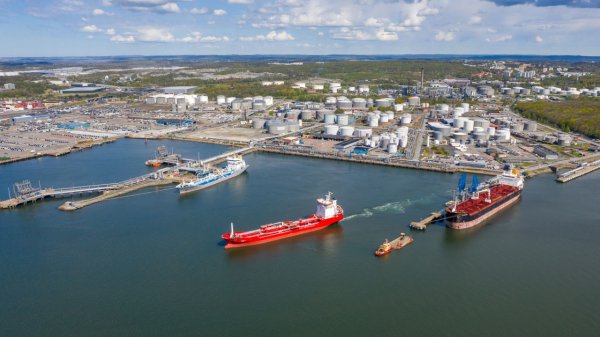
|
Swedish biomethane bunkered in Gothenburg
Test delivery performed by St1 and St1 Biokraft, who aim to become large-scale suppliers. |
|
|
|
||
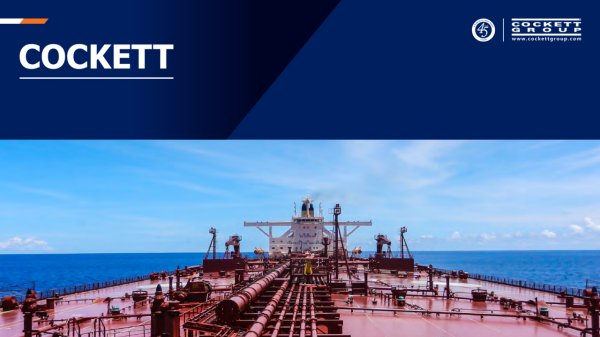
|
Cockett to be closed down after 45 years
End of an era as shareholders make decision based on 'non-core nature' of Cockett's business. |
|
|
|
||
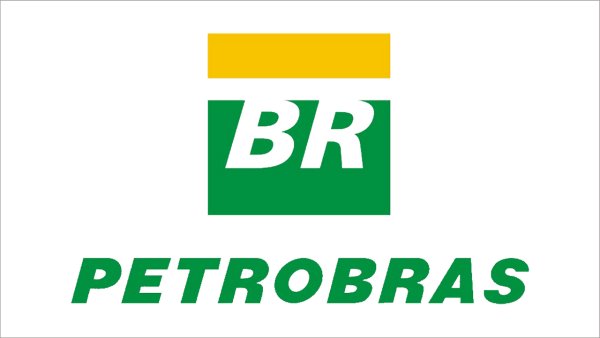
|
Petrobras confirms prompt availability of VLS B24 at Rio Grande
Lead time for barge deliveries currently five days. |
|
|
|
||

|
IMO approves pricing mechanism based on GHG intensity thresholds
Charges to be levied on ships that do not meet yearly GHG fuel intensity reduction targets. |
|
|
|
||
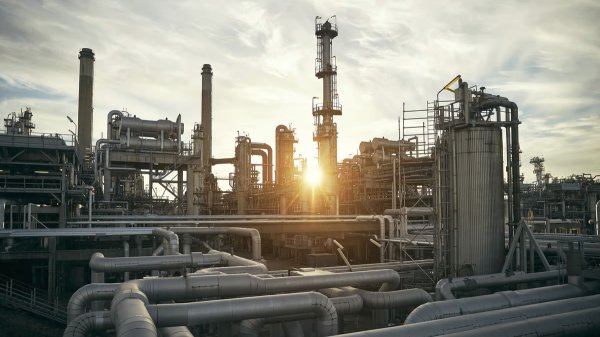
|
VARO Energy expands renewable portfolio with Preem acquisition
All-cash transaction expected to complete in the latter half of 2025. |
|
|
|
||
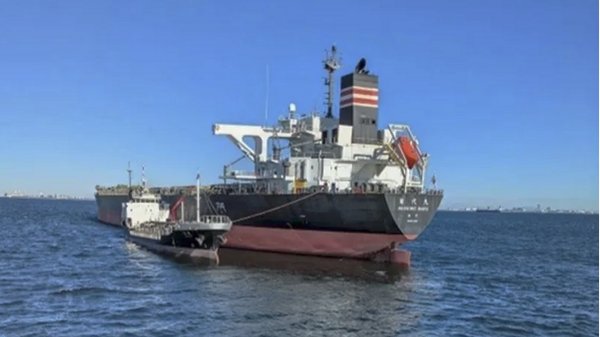
|
NYK trials biofuel in milestone coal carrier test
Vessel is used to test biofuel for domestic utility company. |
|
|
|
||
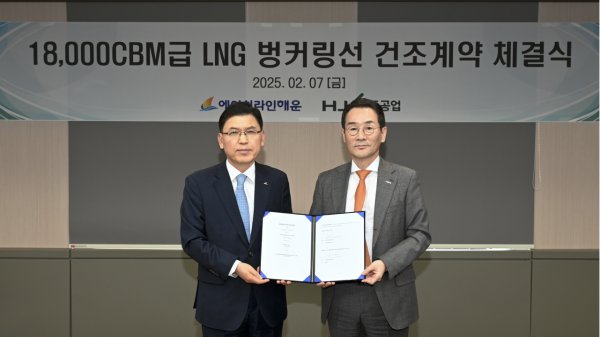
|
H-Line Shipping orders LNG bunkering vessel
Vessel with 18,000-cbm capacity to run on both LNG and MDO. |
|
|
|
||

|
How to engineer and manage green shipping fuels | Stanley George, VPS
Effective management strategies and insights for evolving fuel use. |
|
|
|
||

|
Swedish government bans scrubber wastewater discharges
Discharges from open-loop scrubbers to be prohibited in Swedish waters from July 2025. |
|
|
|
||
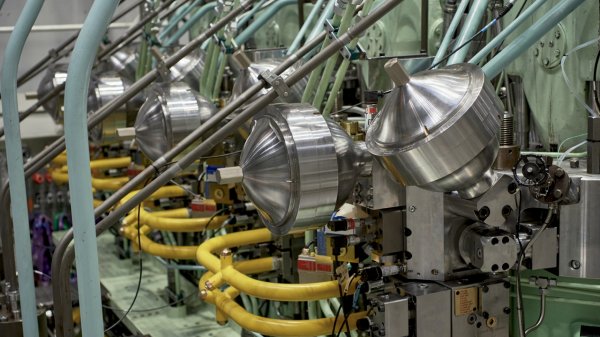
|
MAN Energy Solutions achieves 100% load milestone for ammonia engine
Latest tests validate fuel injection system throughout the entire load curve. |
|
|
|
||
Related Links
- · 'Considerable interest' in fuel management system prompts distribution agreement [Insights]
- · Upgraded fuel management system launched [Insights]
- · Asian operator installs fuel management system [Insights]
- · Bahri subsidiary orders fuel management systems for 26 VLCCs [Insights]
- · FuelTrax developer migrates to Austin data centre [Insights]
- · Amarcon to supply fuel monitoring systems to 12 Pioneer Marine vessels [Insights]

